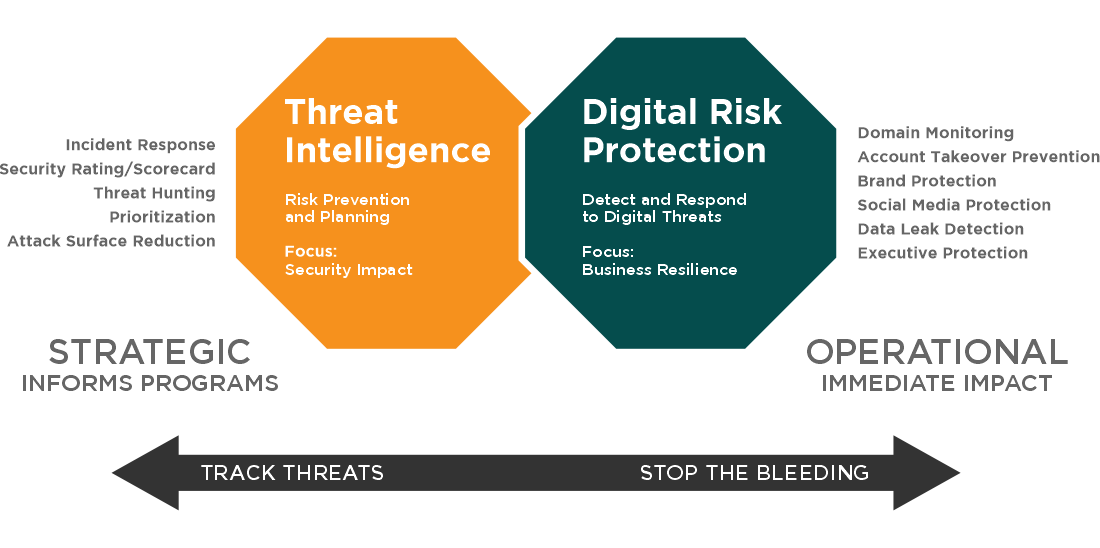Author’s Corner
Roopesh Shetty, Vice President of Strategic Accounts, analyzes the significant vulnerabilities and risks that healthcare providers and companies face regarding cyberattacks and security breaches.
To learn more about the author, hear his insights on this white paper, and learn what motivated him to write about this subject, click the video to the right.
If you would like to discuss this topic, please contact Roopesh using the information provided at the bottom of the white paper.
Healthcare providers and companies are most vulnerable to cyberattacks and security breaches. This is primarily due to the following reasons: the type of data stored is sensitive and critical in nature, the security is not robust, and the number of participants involved in handling the data is much higher than in some other industries. As per the study conducted by one of the research organizations:
- More than 90% of the organization has experienced a data breach in the past three years
- 34% of the breaches come from unauthorized access or disclosure
- Hospitals account for 30% of all data breaches
- 88% of the healthcare workers open phishing emails
- More than 41 million patient records were breached in 2019, three times higher than in 2018
While the healthcare industry continues to be under constant threat of data breaches, most players have boosted security procedures. They expect similar security measures from their partners and vendors to be one step ahead of any potential hackers and cyberattacks.
Threats, Vulnerabilities, and Risks
The Health Insurance Portability and Accountability Act of 1996 (HIPAA) covers and regulates most healthcare organizations. Therefore, the organizations involved in handling and accessing Patient Health Information (PHI) and other sensitive information are responsible for protecting the data and abide by HIPAA and other federal and state regulations.
It is essential to know the types of data available and what to look for to prevent an attack on the data. The most common attacks are phishing, malicious or negligent participants, third-party software, cyber-attacks, and other internal software susceptibilities.

Most healthcare organizations have dedicated IT/data security and compliance teams responsible for monitoring, performing, and testing their environment constantly to identify any potential vulnerabilities and take appropriate actions to mitigate the threat. The activities involve network analysis, software and application management, policy and procedure training, contingency plans, and cyber liability insurance.
Additionally, hardware devices, software applications, and other techniques help the organization prevent a potential cyberattack. These infrastructures include advanced firewalls, network access controls, email filtering systems, anti-virus software applications, updated endpoint management systems, and proper backup and disaster recovery solutions.
Solid management technique is a crucial part of mitigating risk to an organization. Timely and detailed assessment, planning, and preventive actions help manage the threats better, involving top business leaders as an executive sponsor of the program. The initiative gets required attention from all levels and departments. Training and educating staff and other participants on security policies and procedures. Track and monitor participant performances against business requirements. Robust security questionnaires and agreements holding third parties and vendors accountable will further help mitigate potential data breaches and cyberattacks.
Vee Healthtek IT Security, Policies and Procedures
At Vee Healthtek, our dedicated IT Security and Compliance team constantly monitor, assess, and track vulnerabilities within our environment and proactively work on the mitigation process. Our security team comprises an onshore (US) and an offshore team that helps our organization stay abreast with changing needs of the industry and accordingly adopt the latest technologies, policies, and procedures.
Until March of 2020, all our offshore employees would work from one of our offices in a secured environment. However, with the pandemic, we were forced to adopt work-from-home model for our offshore employees. We had to relocate almost 4000 employees from the office set up to the work-from-home model in a few days (10-12 days) without compromising deliverables. Our team accomplished a humongous task while simultaneously working through the challenges it possessed, going from five locations to 4000 locations and assuring our clients of our new model's security and compliance aspect.
We walked our client through added security processes, monitoring, tracking, and physical procedures to keep our protection tight. We created a compliance node controlled by the Vee Healthtek IT team that our work-from-home employees connect to (go through) before connecting to client applications. We whitelisted a set of IP addresses within the client environment only to allow traffic coming from these IPs.

We also put together an addendum with most of our clients, further assuring them of our security processes. As a result, 98% of our clients were impressed with the procedures and protocols we put in place and permitted our offshore employees to work from home. Over the last 15 months, we have received numerous accolades from our clients on security measures and processes we implemented that have helped them provide uninterrupted and high-quality service to their clients and patients.
In addition, quite a few of our reputed hospital clients decided to increase the volume and scope of work with Vee Healthtek compared to their other vendor partners. It is because they felt more secure and assured with Vee Healthtek’s processes and security protocols.
Security and compliance must be an ongoing process and can never stop evolving. Therefore, the organizations must constantly identify areas vulnerable within their environment and put measures to protect them because the flawed characters in the society are in the continual process of hunting and identifying weaknesses of the system to exploit them. While the process is labor-intensive and expensive, it helps businesses to identify and eventually mitigate threats occurring in real-time than being reactive.

